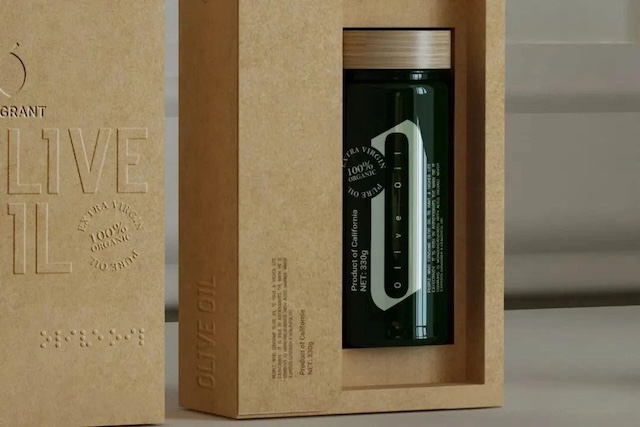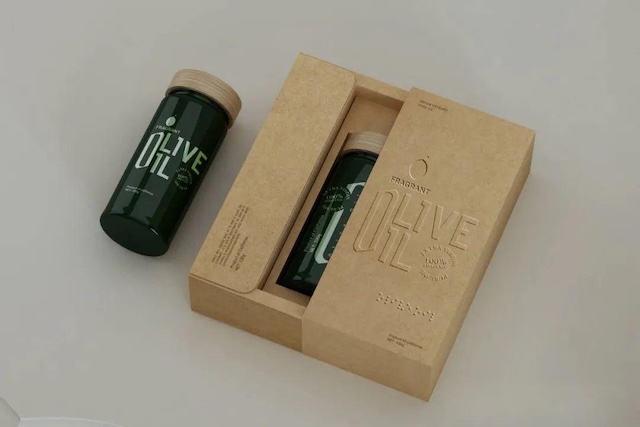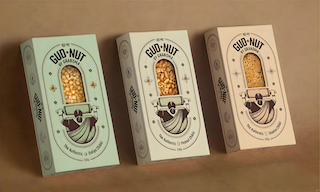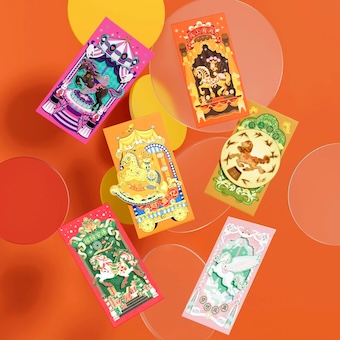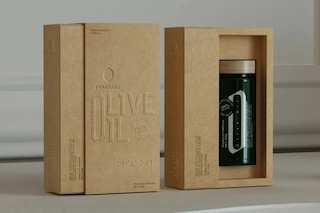
Every piece of packaging deserves a redesign—and packaging design that’s close to perfection is something to behold!
For businesses, packaging design is by no means a "cost of beautification"; rather, it is a strategic asset that can drive brand value, user recognition, and market competitiveness. From a management perspective, the core logic behind high-quality packaging lies in "using systematic design to solve business problems." Consumers’ first impression of a product often begins with its packaging—it serves as the "first conversation" between a brand and its users, directly influencing whether they will pick it up and make a purchase.
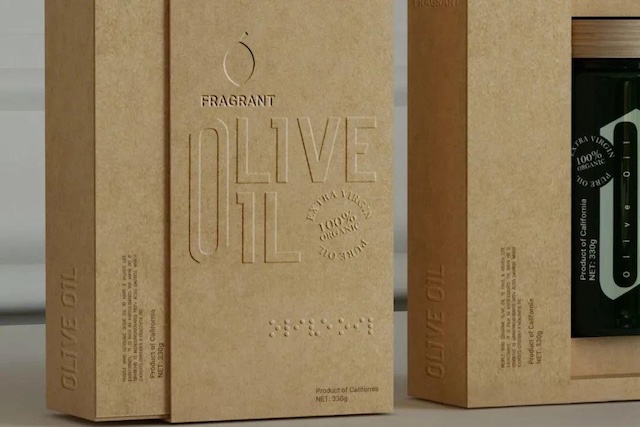
Exceptional packaging articulates its core value using the minimum number of visual elements: colors, symbols, and text. High-end products employ matte textures and minimalist lines to convey a "sense of exclusivity"; mass-market FMCGs use high-saturation colors and straightforward graphics to reinforce "recognizability"; agricultural products utilize natural textures and origin symbols to emphasize "authenticity." For example, Nongfu Spring’s glass bottle packaging, by embodying elements of Changbai Mountain, communicates the selling point of "natural water sources" directly to consumers’ minds without the need for verbal explanation.
Packaging must align with users’ scenarios of use: the mouth size of portable beverages, the squeezable design of sauce bottles, the ease of opening gift boxes, and even "logistics compatibility" in the e-commerce era—such as resistance to damage and ease of unpacking—all affect users’ willingness to repurchase. Managers must recognize that a package’s "functionality" matters more than its "aesthetics." A poor unboxing experience can negate all prior marketing efforts.
In a homogeneous market, packaging is the most intuitive "carrier of brand identity." Its differentiation does not depend on complex designs but on "strong integration with brand strategy":
